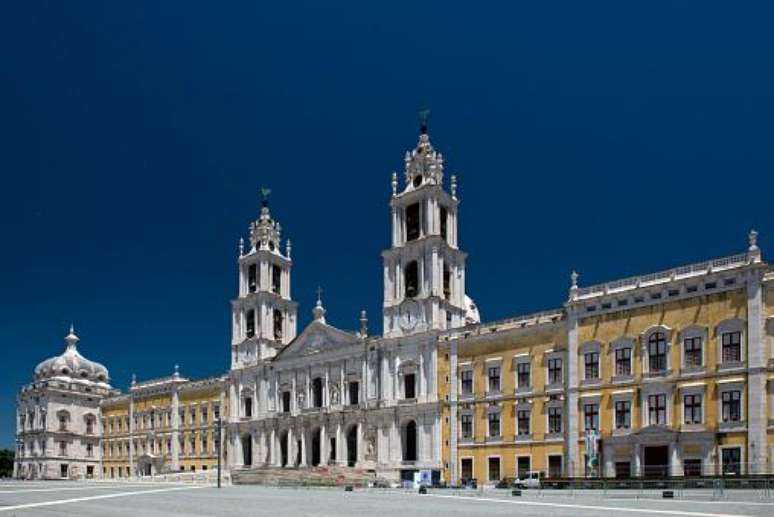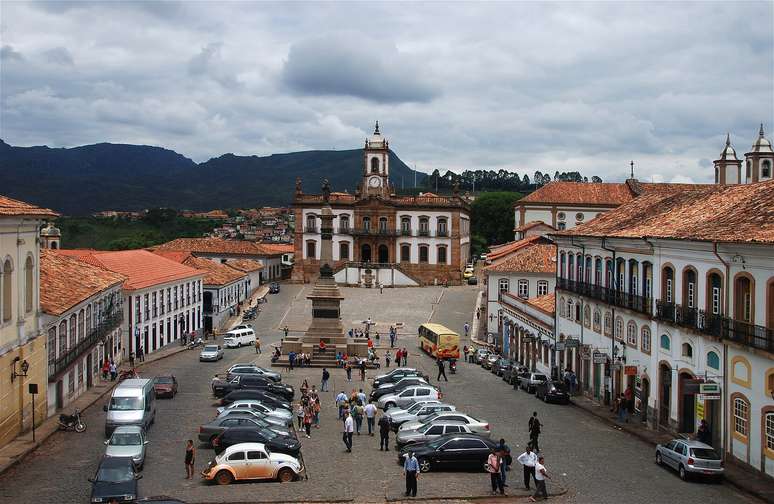If you’ve ever come across slightly more controversial posts on social media from a Portuguese user, you’ve probably already encountered a Brazilian in the comments section calling for the Portuguese to “give back our gold,” right? After all, this is a historical debate that has become increasingly heated in recent times.
Even before the start of the so-called Gold Cycle, at the beginning of the 18th century, historical documents already demonstrated a strong exploration of the metal in Brazilian territory. – which has gotten worse over the years. And during several years of colonization, the Portuguese would collect a large amount of gold in Brazil. But where did all this precious metal go?
Gold cycle in Brazil
At the end of the 17th century, the Minas Gerais region began to attract great interest from the Portuguese. At that time, the colonizers decided that gold would be the main commodity mined in Brazil, as sugar cane was experiencing a sharp decline due to competition from the Caribbean. Therefore, during the Gold Cycle, a large amount of the metal was mined.
The researchers do not know the exact figure, keeping in mind that many important documents have been lost and many miners and traders have smuggled the product inside and outside the national territory, avoiding the taxation of the fifth, the real tax that weighed on 20% of the production of gold.
Anyway, it is estimated that Brazilian gold production in the 18th century was between 876 thousand and 948 thousand kg of metal, even with very rudimentary techniques used in the process. For comparison, data from the World Gold Council shows that Brazil produced around 87,000 kg of gold in 2019.
Golden destiny

Portugal decided to explore Brazil’s gold at a time when Europe was facing a serious economic crisis. This is largely explained by the scarcity of precious metals on the market, caused by the euphoria surrounding the discovery of silver mines by the colonizers of Spanish America. Silver then became scarce and began to be traded for coin making between European traders and Asian regions.
The gold mines discovered in Brazil were all explored by colonists, who used slave labor to obtain their profit. The Portuguese government, in turn, charged 20% on all gold discovered in our country. Of this 20%, a part was used to pay public expenses in Brazil and another part was used by the government for public works in Portugal. In fact, with this money several impressive works were financed. The most striking example is the luxurious National Palace of Mafra, in Lisbon.
The trajectory of this gold also had a standard path. After all, the ever-increasing number of miners needed to consume goods such as clothing and food. Products were purchased with gold obtained from mining. Merchants who received this currency had to pay with this gold to purchase products from Lisbon. Therefore, everything ended in Europe one way or another.
Historians support this This unbridled exploitation by the colonizers has left significant marks in Brazil to this day, due to social and economic problems. These problems, in turn, seem so big at the moment that not even the “gold return” seems capable of solving them – even if paid for with interest.
Source: Terra
Ben Stock is a lifestyle journalist and author at Gossipify. He writes about topics such as health, wellness, travel, food and home decor. He provides practical advice and inspiration to improve well-being, keeps readers up to date with latest lifestyle news and trends, known for his engaging writing style, in-depth analysis and unique perspectives.








